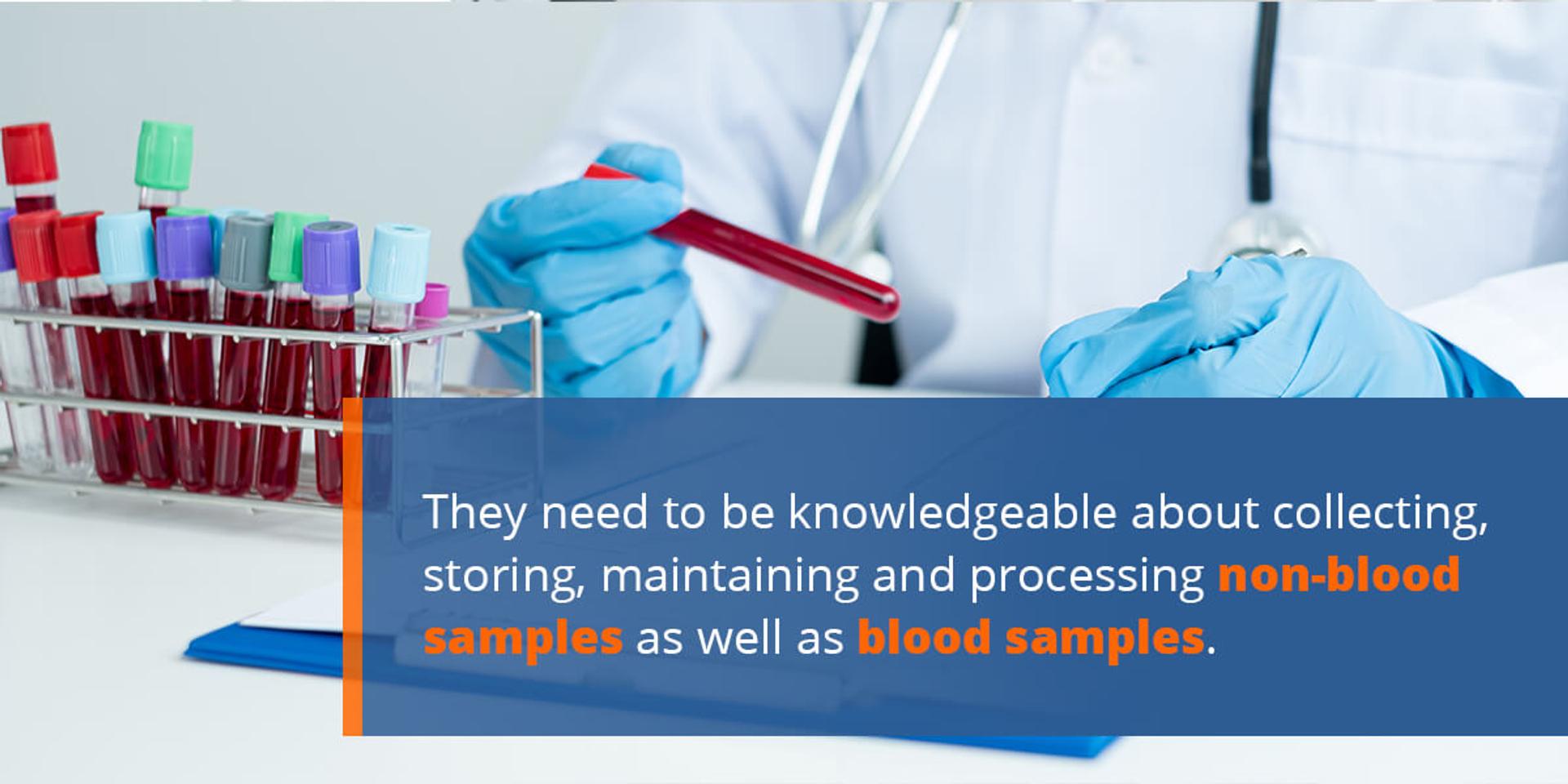Northeast Medical Institute - New Haven Campus Phlebotomy Course & Cna Class Can Be Fun For Everyone
Northeast Medical Institute - New Haven Campus Phlebotomy Course & Cna Class Can Be Fun For Everyone
Blog Article
Excitement About Northeast Medical Institute - New Haven Campus Phlebotomy Course & Cna Class
Table of ContentsThe Buzz on Northeast Medical Institute - New Haven Campus Phlebotomy Course & Cna ClassAn Unbiased View of Northeast Medical Institute - New Haven Campus Phlebotomy Course & Cna ClassHow Northeast Medical Institute - New Haven Campus Phlebotomy Course & Cna Class can Save You Time, Stress, and Money.4 Simple Techniques For Northeast Medical Institute - New Haven Campus Phlebotomy Course & Cna ClassNortheast Medical Institute - New Haven Campus Phlebotomy Course & Cna Class Things To Know Before You BuyNortheast Medical Institute - New Haven Campus Phlebotomy Course & Cna Class Things To Know Before You Buy
Nonetheless, making use of such gadgets must be accompanied by various other infection avoidance and control techniques, and training in their usage. Not all safety and security tools are appropriate to phlebotomy. Before selecting a safety-engineered tool, individuals ought to extensively investigate available devices to identify their ideal usage, compatibility with existing phlebotomy methods, and effectiveness in shielding team and clients (12, 33).For settings with reduced resources, cost is a driving variable in procurement of safety-engineered tools - CNA Training. Where safety-engineered devices are not readily available, proficient use a needle and syringe is acceptable. Unintentional exposure and particular information concerning an occurrence need to be taped in a register. Support solutions should be promoted for those that undergo unintentional direct exposure.
One of the vital markers of top quality of treatment in phlebotomy is the participation and collaboration of the individual; this is equally valuable to both the health worker and the person. Clear details either written or spoken ought to be offered to every individual that undertakes phlebotomy. Annex F provides example message for discussing the blood-sampling treatment to a patient. In the blood-sampling space for an outpatient department or clinic, provide a comfortable reclining couch with an arm rest.
Northeast Medical Institute - New Haven Campus Phlebotomy Course & Cna Class for Beginners
Guarantee that the signs for blood tasting are plainly defined, either in a composed procedure or in recorded directions (e.g. in a research laboratory form). Collect all the devices required for the treatment and area it within safe and very easy reach on a tray or trolley, making certain that all the products are plainly visible.
Introduce yourself to the client, and ask the client to specify their complete name. Examine that the lab type matches the patient's identification (i.e. match the patient's details with the laboratory form, to guarantee accurate identification).
Make the individual comfy in a supine setting (if feasible). Area a tidy paper or towel under the individual's arm. Go over the test to be executed (see Annex F) and get spoken permission. The patient has a right to reject a test any time before the blood tasting, so it is essential to ensure that the person has actually understood the procedure.
Northeast Medical Institute - New Haven Campus Phlebotomy Course & Cna Class for Beginners
Expand the client's arm and examine the antecubital fossa or lower arm. Find a vein of a good dimension that is noticeable, straight and clear. The layout in Area 2.3, shows common placements of the vessels, yet many variations are feasible. The median cubital blood vessel exists in my response between muscle mass and is typically the most very easy to pierce.
DO NOT insert the needle where blood vessels are diverting, since this increases the chance of a haematoma. Locating the vein will certainly aid in figuring out the right dimension of needle.
Samplings from main lines lug a danger of contamination or erroneous laboratory examination outcomes. It is appropriate, however not suitable, to attract blood specimens when first introducing an in-dwelling venous gadget, before connecting the cannula to the intravenous fluids.
All about Northeast Medical Institute - New Haven Campus Phlebotomy Course & Cna Class
Failure to permit adequate call time increases the threat of contamination. DO NOT touch the cleansed website; in particular, DO NOT place a finger over the capillary to assist the shaft of the revealed needle.
Ask the individual to develop a clenched fist so the capillaries are much more famous. Go into the blood vessel promptly at a 30 level angle or much less, and proceed to present the needle along the capillary at the simplest angle of entrance - CNA Classes. Once sufficient blood has been gathered, launch the tourniquet prior to taking out the needle
Getting My Northeast Medical Institute - New Haven Campus Phlebotomy Course & Cna Class To Work
Take out the needle carefully and apply gentle stress to the site with a tidy gauze or dry cotton-wool round. Ask the client to hold the gauze or cotton wool in position, with the arm expanded and raised. Ask the individual NOT to flex the arm, because doing so creates a haematoma.

The smart Trick of Northeast Medical Institute - New Haven Campus Phlebotomy Course & Cna Class That Nobody is Talking About
Do not push the syringe plunger due to the fact that extra pressure boosts the danger of haemolysis. Where feasible, keep televisions in a shelf and move the shelf towards you. Inject downwards into the ideal coloured stopper. DO NOT get rid of the stopper due to the fact that it will certainly launch the vacuum. If the example tube does not have a rubber stopper, inject very gradually right into the tube as reducing the pressure and speed utilized to transfer the specimen minimizes the risk of haemolysis.

Report this page